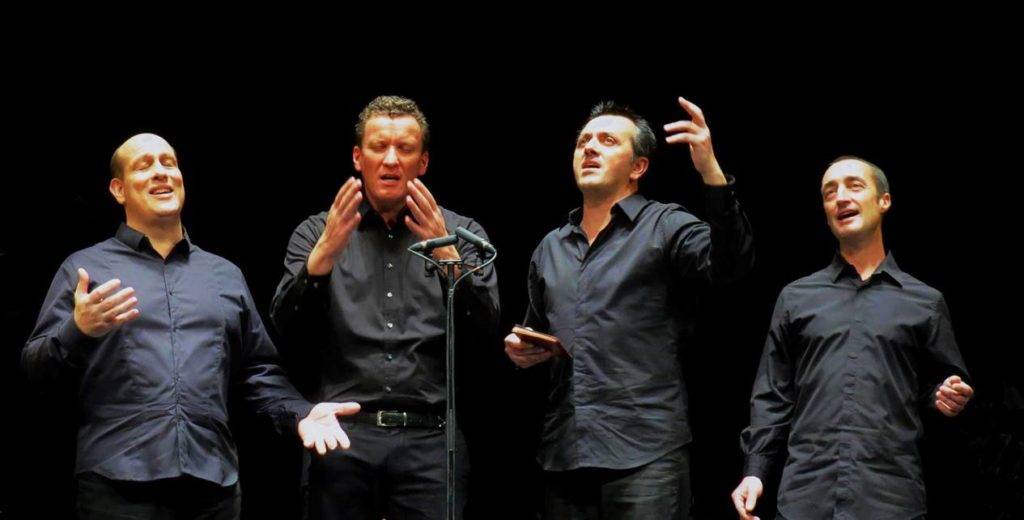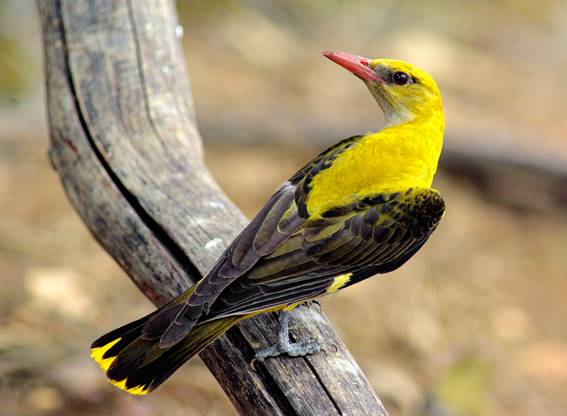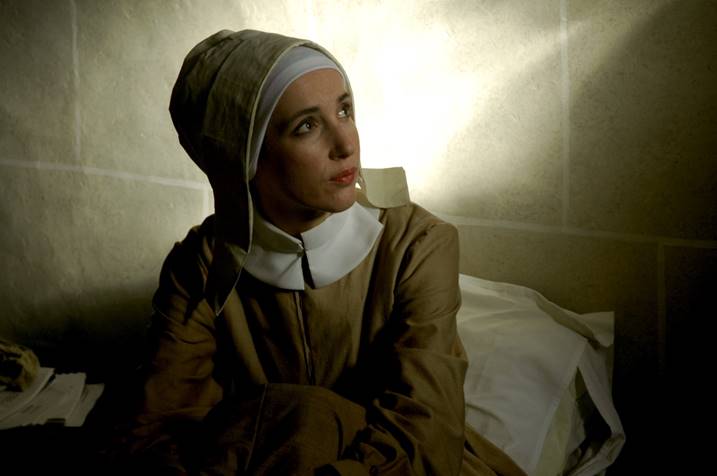 The singing of the Alentejo and a musical manifestation of its “sister”, the polyphony of Corsica, sung a cappella, they go twin in Beja, on the 5th and 6th of May, with another weekend of the Festival Terras sem Sombra, which will once again give prominence to Baixo Alentejo as a privileged destination for heritage, music and biodiversity.
The singing of the Alentejo and a musical manifestation of its “sister”, the polyphony of Corsica, sung a cappella, they go twin in Beja, on the 5th and 6th of May, with another weekend of the Festival Terras sem Sombra, which will once again give prominence to Baixo Alentejo as a privileged destination for heritage, music and biodiversity.
The ethnomusicologist Michel Giacometti, born in 1929 in Ajaccio, capital of Corsica, who is even buried, by his choice, in the village of Peroguarda, in Baixo Alentejo, was who first deepened the links between Cante and Pulphonia (polyphony, in the Corsican language) of the rural areas of that island, which is certainly the “closest relative” of Alentejo fashions.
Both traditions refer, in technique and theme, to a common heritage of the Mediterranean basin, in which melodies from the night of time converge, especially festive songs or songs intended to accompany the work, with the influences of Gregorian, Berber music and, including the Muslim liturgy.
Invoking this shared heritage, the most outstanding Corsican ensemble today, Barbara Furtuna – Voix Corses presents, at 21 pm, in the church of the convent of S. Francisco (Pousada), the concert “O Canto na Ilha da Liberdade”.
Jean-Philippe Guissani, Maxime Merlandi, Jean-Pierre Marchetti and André Dominici chose a program, with religious and profane compositions, well representative of Corsican polyphony, from the XNUMXth century to the present day, not forgetting the affinities with Cante. This is a very good opportunity to get to know a musical tradition that is talked about a lot, but which is not heard among us.
The show is consecrated, by Terras sem Sombra, to the memory of Giacometti, who died in Faro, in 1990, and whose body rests in Peroguarda – Alentejo village he loved and whose musical traditions he studied for decades.
This initiative results from the bilateral collaboration of the Alentejo festival with the Superior Center for Research and Promotion of Music, of the Autonomous University of Madrid, which began in 2017. For one night, Beja will be the capital of the “Island of Liberty”.
On Soror Mariana Alcoforado's itinerary
The name of Soror Mariana Alcoforado, nun at the convent of Conceição, in Beja, is inseparable from the love letters addressed to Noël Bouton, Count of Saint-Léger, later Marquis de Chamilly, and published in France (1669) under the title Portuguese letters.
If modern criticism argues that these letters have been profoundly modified by the translator, Guilleragues, the figure of Mariana, a mixture of legend and reality, remains a symbol of an exacerbated and unhappy passion. On the other hand, the historical dimension of the character becomes increasingly clear, who would perform prominent functions in the convent community, including those of scribe and vicar, which attests to his good literary preparation.
Therefore, the afternoon of Saturday, May 5th, is dedicated to a “Mariana Itinerary” in Beja, anticipating the celebration of the 350th anniversary of the publication of the Portuguese Letters, which will take place in 2019.
In this way, visitors can visit monuments and sites that preserve the memory of the famous “Nun of Beja”: the house where she was born, now the seat of Club Bejense, the church of Santa Maria da Feira, where she was baptized, and the convent where she entered with just 11 years old, she has spent her entire existence and is buried.
This initiative has its meeting point at the Museu Regional de Beja, at 15 pm, and is guided by historians Florival Baioa Monteiro and José António Falcão.

A bird sanctuary on the plain: the cranes dam
After recovering from the emotions of the Saturday night concert, with Corsican voices, the Festival Terras sem Sombra heads on Sunday morning to Herdade dos Grous, located in Albernoa, for a morning discovering biodiversity.
Herdade dos Grous is characterized by the symbiosis between tourist activities and agro-environmental practices, featuring different types of habitats that allow it to host a wide variety of bird species, both resident and migratory. Its dam is a sanctuary on the plain for many of these birds, which can only be observed in biomes of this genus, typically Mediterranean.
Among the more than 200 species that are identified in the place, the kestrel, the osprey, the southern harpy shrike, the hoopoe, the bee-eater, the dauric swallow, the barreiteiro shrike and the oriole stand out , among other paradigmatic cases. "A real treasure of Alentejo biodiversity, with worldwide repercussions, which attracts many birdwatching experts every year", stresses the Festival organizers.
Taking advantage of this privileged context for nature conservation, the festival dedicates Sunday morning, at 10 am, to an interactive bird watching tour, with an explanation of the biological practices that the estate is developing, particularly in terms of farm, and carrying out practical activities associated with it.
The guides are biologist Luís Salvador and physician Dinis Cortes, great experts on the region's fauna.
The initiatives of Terras sem Sombra are open access and result, this weekend, from the collaboration of the Pedra Angular association with the Municipality of Beja.



















Comments